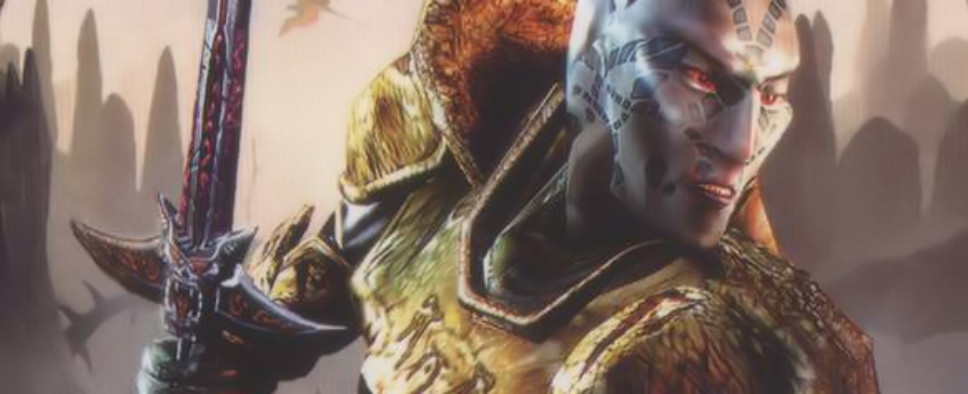The Elder Scrolls III: Morrowind and Its Hidden Secrets
-
Category: News ArchiveHits: 3156

The open world of Morrowind, the third entry in Bethesda's illustrious The Elder Scrolls series, is packed with all sorts of secrets and hidden easter eggs. Exploring the symbiotic relationship between designers who come up with all that stuff and enthusiasts who then strive to uncover it, is this recent Eurogamer article. The article features quotes from Morrowind's environmental artist Mark Bullock and a Reddit user who goes by OccupyTamriel, and is quite an interesting read.
Here's an excerpt:
Bullock was only about half an hour away from Downtown D.C. while working on Morrowind, which meant he had easy access to Smithsonian exhibitions and some "fantastic" non-mainstream bookstores. "I was probably on the Mall every other weekend," he says, "hitting my favourite museums with their exhibits - the Sackler housed all sorts of wonderful things - and most of all their bookstores. My reference library was growing by 3-10 volumes a month."
Despite his academic background, Bullock drew from a range of pop culture, such as "The Dark Crystal, Legend, Labyrinth, ANYTHING Miyazaki, and of course Star Wars".
"Popular fantasy and science fiction were always present [too]," Bullock adds. "Tolkien, Moorcock, Wolfe, Cook, Herbert - similarly, contemporary artists such as Wayne Barlowe and Beksinski, and the classical German Romanticists were having a tremendous influence on me at the time.
"Also, nothing beats going to the actual source material itself, so the Sumerian, Akkadian and other Mesopotamian epics, the Hindu and Sanskrit literature, the Sagas, the Book of the Dead, Talmudic and Biblical writings, Chinese literatures...the list goes on."
Naturally, when it came to actually designing the mysterious Nordic tomb, there were too many ideas swirling around in Bullock's head at the time for him to recall which exact influences he drew from now. Also, he was pressed for time when completing the tomb, and it never really occurred to him that he was making something that would be considered a hidden secret. "It was simply another place in the world I wanted to make as cool and interesting as I could within a narrow allotment of time," he says. "Probably a day."
However, Bullock does remember why he opted to make this particular funerary chamber Nordic. "I wanted something to refer to the Nord period of occupation," he tells me, "and of how to reflect [that] a culture, having moved into a new territory, begins to make some adaptations and 'borrowings' from the local culture.

